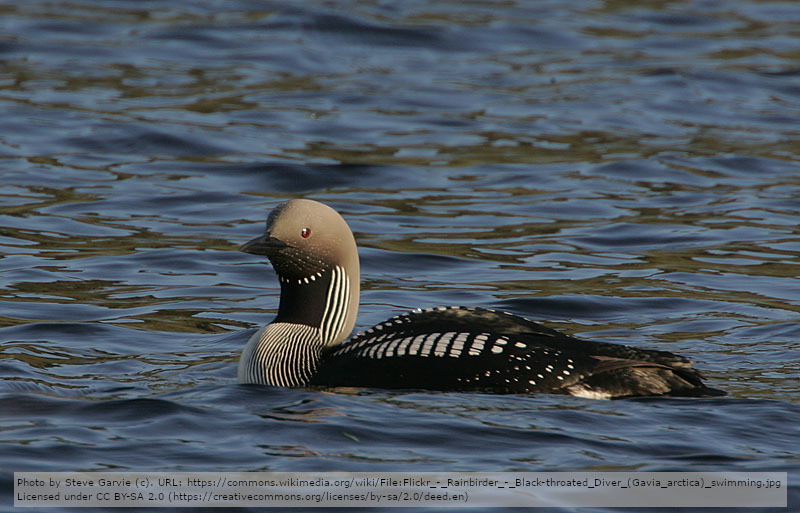Water chemistry and the composition of fish stocks in the breeding lakes of Black-throated Diver Gavia arctica, and a comparison with the fishing lakes of Red-throated Diver Gavia stellata
DOI:
https://doi.org/10.34080/os.v20.22640Keywords:
breeding success, divers, Gaviidae, habitat selection, climate effects, pollution, loons, predator–prey interactionAbstract
Breeding performance of Black-throated Diver Gavia arctica was compared to water chemistry, light penetration and density of fish in 122 breeding lakes in Sweden with a total of 184 pairs (1.5 pairs per lake, about 3% of the national population). The breeding lakes were on average nutrient-poor, and 12% of them had a low buffering capacity (alkalinity <0.10 meq/l). Perch Perca fluviatilis, roach Rutilus rutilus and pike Esox lucius, three species characteristic for nutrient-poor lakes, were found in more than 90% of the lakes. Salmonid fish occurred in half of the lakes, compared to >90% of the fishing lakes used by Red-throated Diver. Reproduction was related to high abundance of Perch, and the survival of chicks to light penetration. Poor nutrient status in combination with low pH or alkalinity in approximatively 10% of the breeding lakes of Black-throated Diver and probably more than 30% of the fishing lakes of Red-throated Diver, indicate susceptibility of exposure to methylmercury. This finding should be considered in relation to recent reports of increased contents of mercury in freshwater fish.
Downloads

Downloads
Published
How to Cite
Issue
Section
License
Copyright (c) 2010 Mats O G Eriksson, Heidi Paltto

This work is licensed under a Creative Commons Attribution 4.0 International License.
The copyright of each contribution belongs to the author(s), but all contributions are published under a Creative Commons license, so that anyone is free to share and reuse the contribution as long as the copyright holder is attributed.







